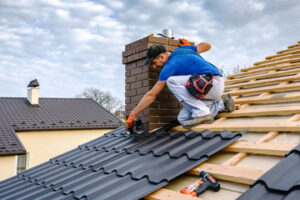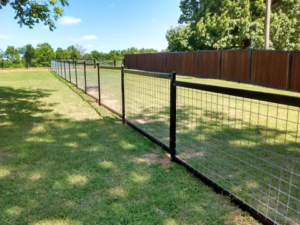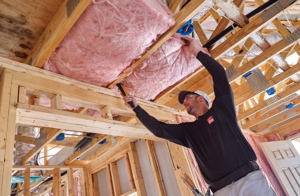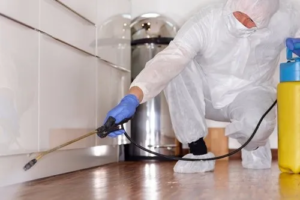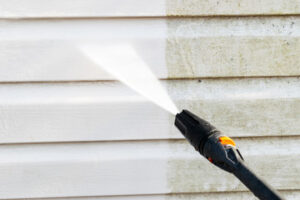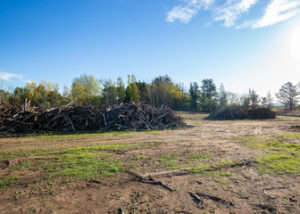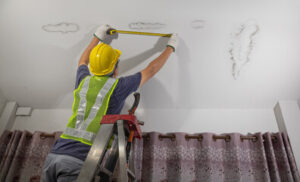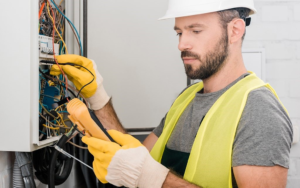If you want to improve your poker game, you need to work hard at it. You will need to practice the strategies you learn and also work on your understanding. You should know that your decisions won’t always be correct, but making the right ones will make you a winner. Keep reading the article below to learn more about Lezioni Di Poker.

The game of poker has many variants, but they all share some basic rules. The game begins with the blinds being posted and each player getting two face down cards, referred to as hole cards. Once the players have their hole cards they can then begin betting. The first player to act can either raise or call the bet. The other players can also choose to fold, which gives the player in position 3 the final option of raising.
During the betting phase of the hand, players should generally be raising. Hesitation, fumbling with chips and indecision are signs of weakness and can give away information to your opponents. This is why you should avoid limping, especially as a beginner. However, this is a general rule and can vary depending on the situation. For example, if you are dealt a weak hand such as one pair or ace high, you might want to raise. This will help you improve your chances of winning. If you are playing a no-limit game, you should generally raise if you have a strong hand, but if your hand is weak, you should consider folding.
Variants
There are many variations in poker, each with different rules and betting structures. Some poker games have forced bets, while others are played with no-limit or pot-limit betting limits. These differences affect the overall strategy of a player and how the game is played. Proficient players know how to modify their strategy based on the betting structure.
Texas Hold’em is the most popular form of poker in both live and online settings. It is relatively easy to learn compared to other poker variants and revolves around making the best five-card hand with private cards and community cards.
Another interesting poker variant is Badugi, which uses only four cards. This game is unique and has gained popularity in Asia, where it is known as a traditional board game. The name comes from the Korean word “Baduk” and means “different suits and lowest card values.” Badugi is an exhilarating game to play, but it can be challenging for beginners.
Betting intervals
Betting intervals are a key part of poker strategy, helping players minimize losses when holding weak hands and maximize wins with strong ones. They also help players build up their bankroll and avoid making costly mistakes. In addition, a strong knowledge of poker math and probabilities is essential for understanding poker odds. This will make it easier to make intelligent and strategic decisions instead of emotional ones.
During a betting interval, the first player to act puts in a number of chips into the pot. Each player must either call this amount or raise it by at least the same number of chips. Then, the players must compare the odds of improving their hand with the pot odds to decide whether or not to call. If the odds are low, the player should fold.
In Stud, each player is dealt seven cards. Some of these cards are dealt face down (hole cards) and can only be seen by the player; others are turned up in the center of the table and are visible to everyone. The best five cards form the player’s poker hand and must be used to win the pot.
Experienced poker players understand the concept of expected value. If a bet is made on a hand that has a low probability of improving, the expert player will compare the pot odds to the odds of improvement and determine whether or not to call the bet. This calculation is often referred to as “pot odds,” and it is one of the foundational concepts in poker theory.
Bluffing
Bluffing is one of the most important aspects of poker strategy, but it can be tricky to master. You need to know how to pick your spots and use the right tactics to be successful. Bluffing involves deception, and the best bluffs are those that make your opponent think you have a strong hand even when you don’t. The key to a successful bluff is knowing when and how much to bet, as well as understanding your opponents’ tendencies.
The number of players at the table is an important consideration when deciding whether to bluff. Generally, you want to bluff against a single opponent rather than multiple players. This way, you can see their immediate reaction to your bet and determine if they have a strong or weak hand. If you’re bluffing against more than two opponents, it can be difficult to tell which ones are calling your bluff and which are folding.
You should also consider the type of player pool you’re playing in. Some types of opponents are more prone to calling bluffs than others. You should try to avoid bluffing against players who usually call a lot of bluffs, as this will likely cost you more money than if you just played your hand.
Another factor to consider is your own image. A tight image can make it harder for opponents to read your bluffs, while a loose image may give away your intentions. You should also try to maintain consistent betting patterns, as sudden changes can alert your opponents to a bluff.
The size of your bet is also a crucial factor. A small bet can convince your opponent that you have a strong hand, while a large bet can signal that you’re trying to bluff. In addition, a small bet is more convincing when you’re out of position, since it gives you the chance to reassess your position after the community cards are dealt.
A good bluffing strategy can boost your chances of winning a pot. However, bluffing can be risky, and you should only attempt it when the potential reward is higher than the risk. It’s also essential to remember that bluffing is only a part of the game, and it’s often better to check or fold with a weak hand than to risk losing your entire stack by bluffing.
